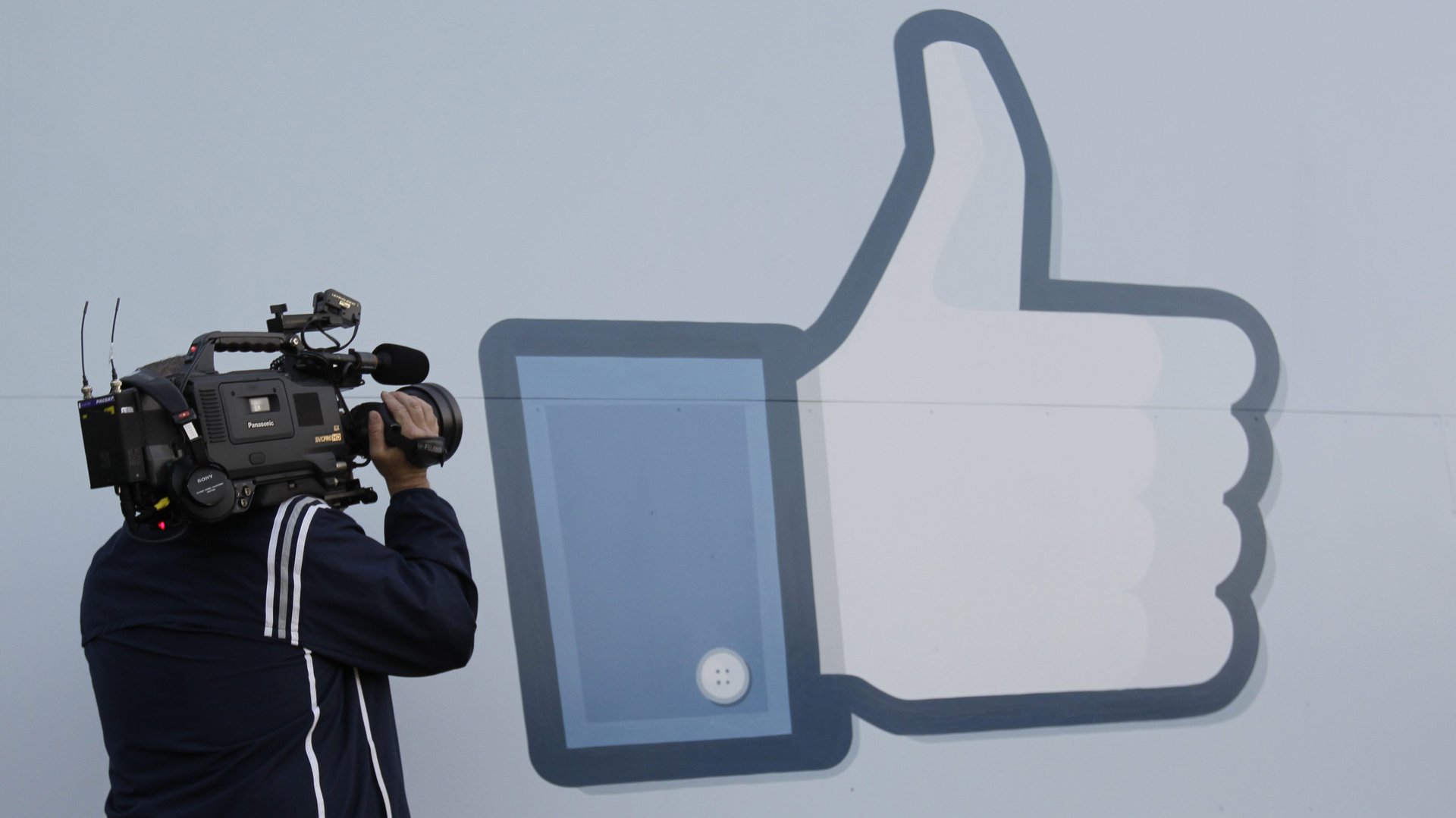Amid fake news menace and data privacy issues, Facebook’s India story is still booming
India is a bright spot for Facebook—and it will remain so for years.


India is a bright spot for Facebook—and it will remain so for years.
The social media behemoth has more than doubled its user base in the country already from around 135 million in 2015 to over 310 million this year, Jefferies said in a June 20 note. That figure is higher than in any other country.
By 2023, the world’s largest social network will have more than 444 million users in India, the New York-based financial services company estimates.
With the US and other western markets getting saturated, the company is looking east, where internet penetration rates are still low, for growth. For instance, just 40% of India’s population accesses the internet.
It has faced flak in India for its inability to curb the spread of fake news via both social networking platform as well as WhatsApp, its instant messaging arm. Facebook has also faced the heat from the Indian government over data privacy. Yet, the Mark Zuckerberg-led firm remains bullish on the country.
Its growth on this market is being attributed to not just its social media business, but the bigger ecosystem it has built.
For instance, in January 2018, Facebook launched its Marketplace feature in India, which lets users to buy and sell items available in the neighbourhood. It’s also actively working on launching WhatsApp Pay in India. Earlier this month, it made its first acquisition in India, buying a small social commerce app Meesho.
A superapp recipe for success?
Payments and advertising will be the two main drivers for the Menlo Park-based giant’s future India business.
Facebook and Google together account for 68% of the total digital ad spend in India.
Then, the Indian payments market is “mushrooming with the value of transactions touching Rs143 lakh crore annually—a more than 50-fold increase in the past two years alone,” Jefferies said. In this segment, Google Pay has already tasted great success and Amazon has poured Rs450 crore into its India payments arm.
Facebook’s payments feature, though, is still in a beta phase. However, the company is trying to stay ahead of the curve with its contentious cryptocurrency, Libra.
“The bottom line is that Facebook provides global investors with a window into the Indian internet story alongside the fusion of advertising and payments as personified by China’s WeChat,” Jefferies said.
Apart from the massive Facebook audience, Indians also make the largest chunk—over 200 million–of WhatsApp’s 1.5 billion user base.
However, the fate of a superapp, with multiple features, still hangs in the balance in India. A few years ago, WeChat itself tanked in India. At the start of this year, Hike, run by Airtel owner Bharti Mittal’s son Kavin Mittal, unbundled its all-encompassing app into myriad smaller ones.
“India is still in the formative stages when it comes to getting users acquainted to being app-dependent,” Sanchit Vir Gogia, chief analyst and CEO at Greyhound Research, had told Quartz earlier. “Super apps are for more evolved users who have already gone through the learning curve. Hence they do way better in Japan and China, where penetration of smartphones and mobile internet is way better.”